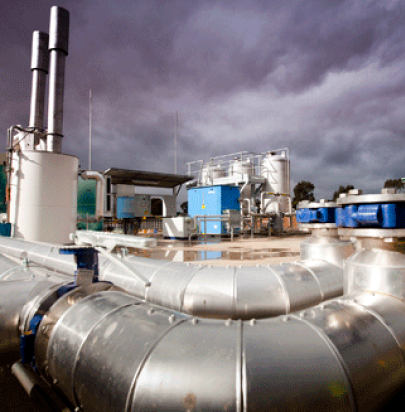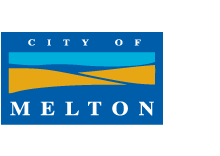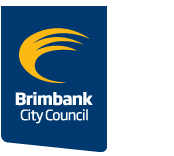The Emissions Reduction Fund (ERF) is the central component of the Australian Government’s Direct Action Plan, the aim of which is to help Australia meet its target to reduce greenhouse gas emissions by 5% below 2000 levels by 2020. Through the ERF, the Clean Energy Regulator will purchase lowest cost abatement by a process of reverse auction from new projects that comply with any of a wide range of approved methods.
How to participate
A business may be eligible to participate if it is considering a project that will lead to emissions reductions even if those reductions are not the purpose of the project. The steps to participate are, first, to register a project under an approved method then take part in an auction. If the bid is successful, the Government will enter a contract, and the project must be carried out according to the method. Once the emissions reductions have been achieved and the auditing and reporting requirements have been met, the business can claim Australian Carbon Credit Units (ACCUs) for the emissions, which will be purchased by the Clean Energy Regulator at the agreed price.
Thirty three methods are currently available, covering a range of activities (energy/emissions efficiency, coal fugitives, transport, waste, the land sector) and facilities (NGERS reporters, facility upgrades, multiple sites, management practices). The first auction will be held on 15 April 2015, and further auctions will be scheduled by the Clean Energy Regulator.
The Industrial Fuel and Energy Efficiency Method
This method became available in April. According to its Explanatory Statement, it could include ‘replacement or modification of boilers or heating, ventilation and cooling (HVAC) systems, improving control systems and processes, waste heat capture and re-use, improving the efficiency of crushing or grinding equipment on mining sites, replacing low efficiency motors, fans and pumps with high efficiency versions, installing variable speed drives (VSDs), improving compressed air processes, and fuel switching. Project proponents […] could include owners or operators of (usually large-scale) energy intensive equipment. Well designed projects undertaken under the methodology could potentially lower their energy costs and improve productivity, while lowering emissions.’
Information and assistance
The Department of Environment provides information about how to register for the fund. The Department is also happy to talk directly to people interested in participating – about their project, their eligibility, how to participate, and so on.
AusIndustry also offers guidance, explanations and advice.
The Carbon Market Institute (CMI) has a useful online portal: Emissions Reduction Fund Information Hub.
(Posted by the Western Alliance for Greenhouse Action)








